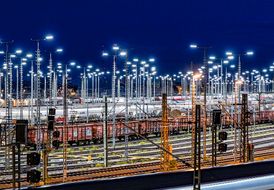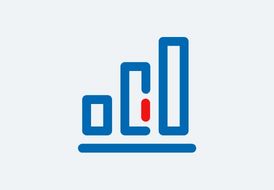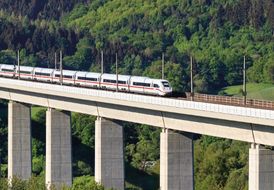Air quality control
ABSOLUTE AIRBORNE POLLUTANTS FROM JOURNEYS AND TRANSPORT AS OF DEC 31 / t | 2021 | 2020 | 2019 | |
| Particulate emissions | 5,299 | 5,758 | 6,336 | |
| Nitrogen oxide (NOX) emissions | 105,079 | 102,324 | 123,371 | |
| Sulfur dioxide (SO₂) emissions | 14,651 | 13,350 | 46,354 | |
| Hydrocarbon (NMHC) emissions | 7,782 | 7,203 | 9,201 | |
Combustion-related, well-to-wheel (WTW), scope 1–3.
Excluding DB Cargo and DB Schenker rail freight transport from/to China up to and including 2020.
The ongoing modernization of our vehicle fleet is our most important measure for reducing airborne pollutants. The high electrification rate of our rail network also plays a key role here, as the rolling stock itself does not produce local pollutant emissions, except for abraded particles; emissions are only produced when electricity is generated. The calculation is based on the fuel consumption and composition of our vehicle fleets. We have been exclusively using low-emissions construction vehicles and machinery no. 11 at our urban construction sites since mid-2018. Our combustion-related pollutant emissions are largely influenced by our ocean freight activities, which emit over 77% of soot particles. We are continuing our cooperation with the carriers in this area in various industry forums, where the phasing out of fossil fuels is also being jointly addressed. In addition, stricter statutory regulations on sulfur content in fuels to reduce airborne pollutants have been in force worldwide in shipping since January 2020.



